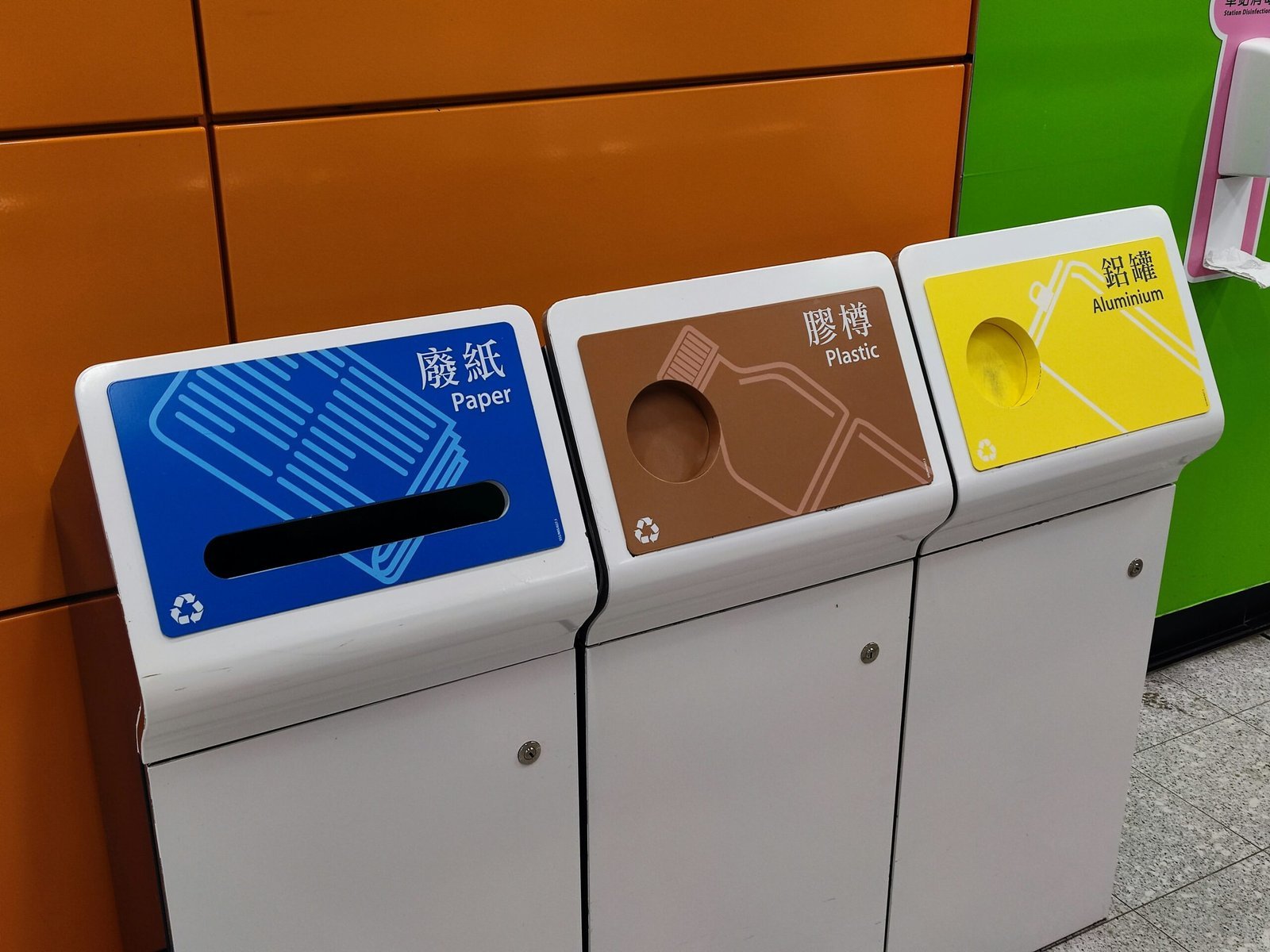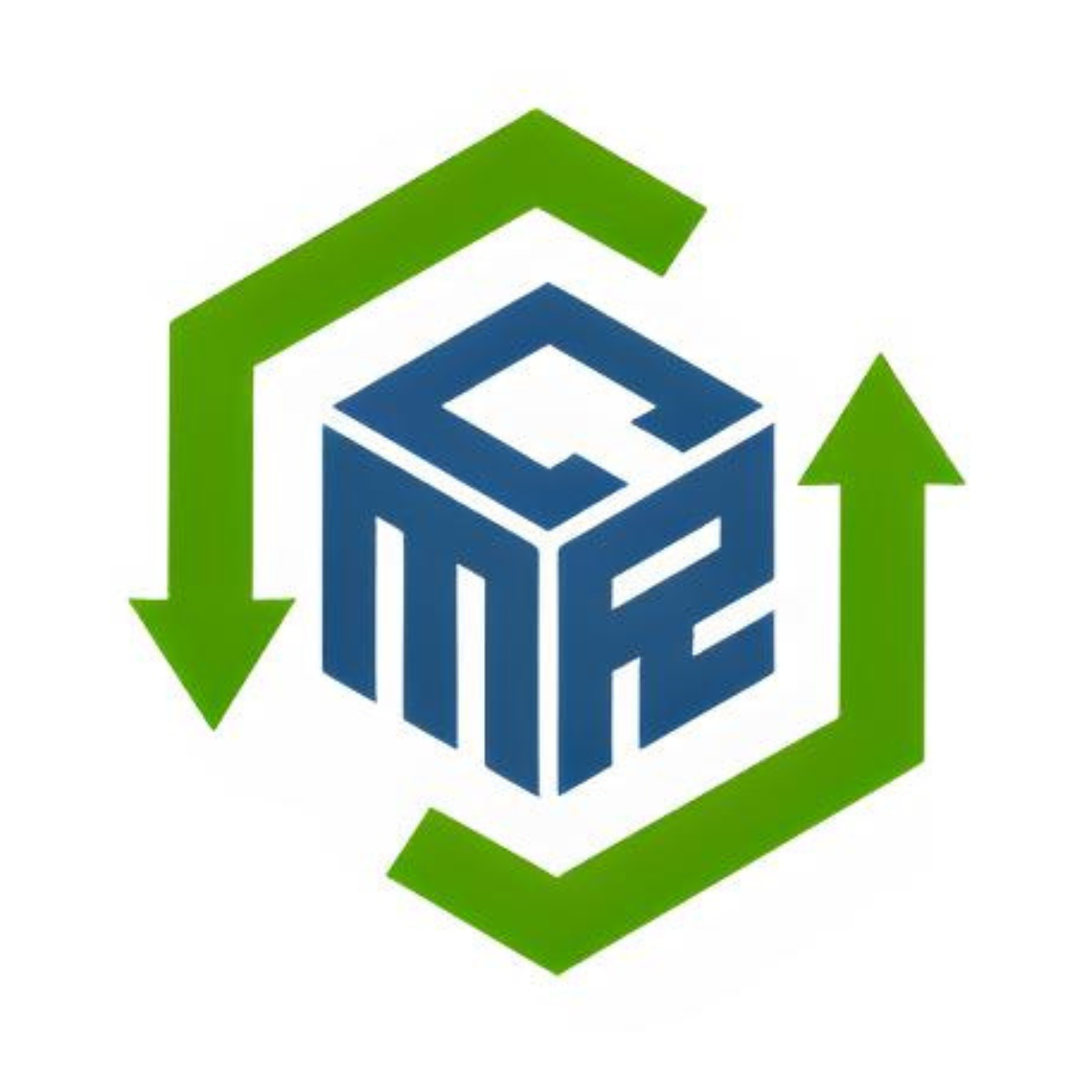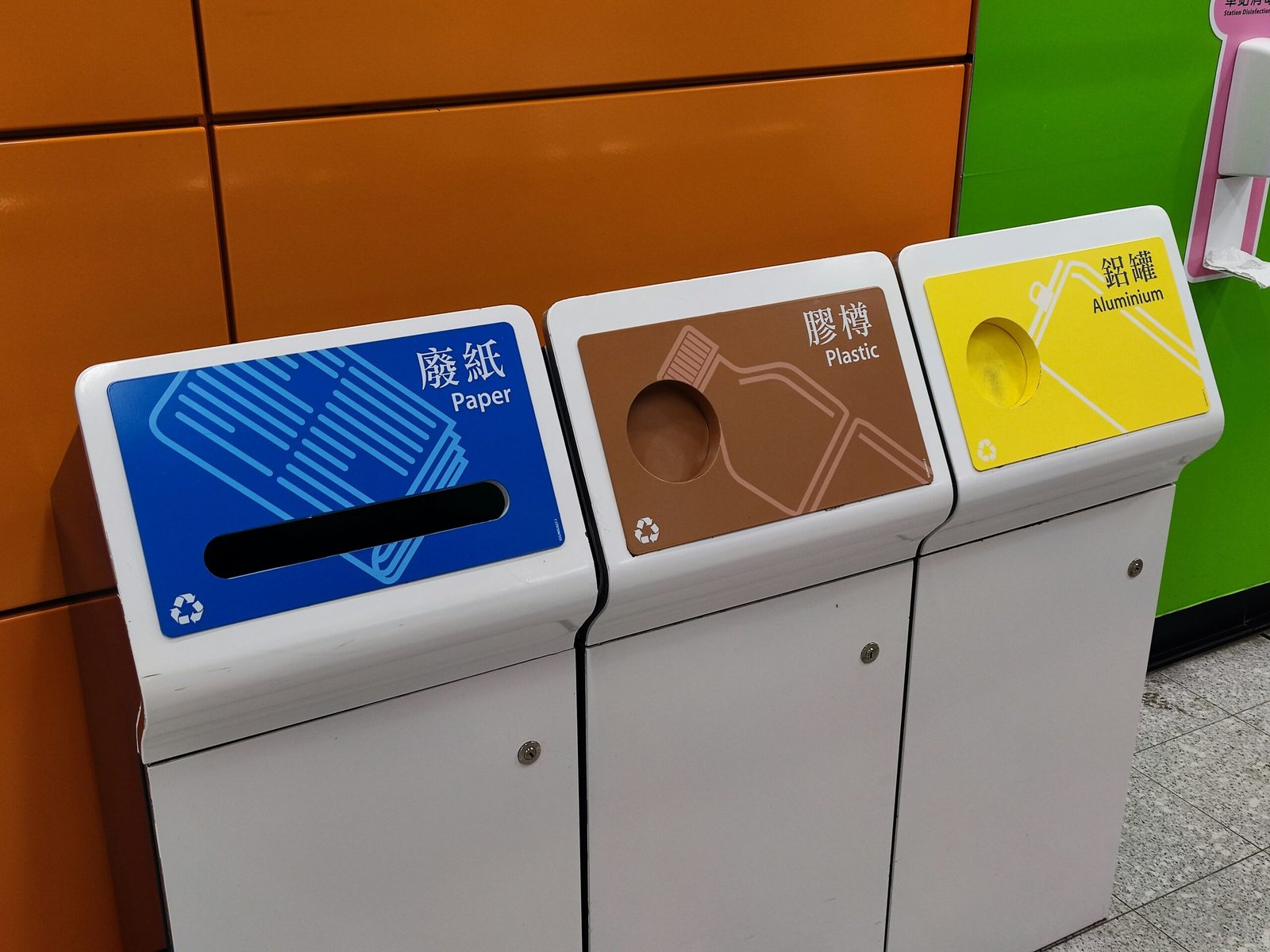
Understanding Aluminium Scrap Recycling
Aluminium scrap recycling is a crucial process that helps convert waste into valuable raw materials, significantly impacting both the economy and the environment. The recycling process begins with the collection of aluminium waste from various sources, including manufacturing facilities, construction sites, and consumer products. This aluminum scrap can be classified into two main categories: post-consumer scrap, which is derived from discarded products, and post-industrial scrap, generated during manufacturing processes.
Once collected, the aluminium scrap undergoes a sorting phase to separate it from non-aluminium materials. This step is vital as it ensures that only high-quality aluminium enters the recycling stream. Manual sorting can be employed; however, advanced technologies, such as magnetic separation and eddy current systems, are increasingly used to enhance efficiency and accuracy in sorting. The goal is to obtain a homogenous material feedstock that can be processed effectively.
After sorting, the scrap is subjected to processing methods such as shredding and granulation, which facilitate easier melting and refinement. During the melting phase, the aluminium is heated in large furnaces. This process efficiently transforms the scrap into molten aluminium, which can then be cast into ingots. The casting phase is crucial, as it determines the quality of the final product. The careful control of temperature and other parameters during cooling contributes to producing high-quality commercial grade aluminium ingots.
The environmental benefits of recycling aluminium are noteworthy. This practice not only conserves natural resources and reduces energy consumption – as recycling requires only about 5% of the energy compared to primary production – but also minimizes greenhouse gas emissions. With increasing awareness of sustainable practices, aluminium scrap recycling plays a vital role in fostering an eco-friendly approach to resource management while converting waste into marketable commodities.
Economic Benefits of Aluminium Scrap Recycling
Aluminium scrap recycling offers numerous economic advantages that significantly impact various sectors. One of the most profound benefits is its role in job creation. The recycling industry is labor-intensive, requiring a workforce for collection, sorting, processing, and distribution of recycled materials. As demand for recycled aluminium increases, more job opportunities arise, thereby contributing positively to local economies. This trend is evident in many regions, where recycling plants and associated businesses become key employers and find viable avenues for boosting community enrichment.
Another notable economic benefit of aluminium scrap recycling is its cost efficiency compared to primary aluminium production. The extraction and processing of virgin aluminium are resource-intensive processes requiring significant energy and capital investment. In contrast, recycling aluminium scrap allows manufacturers to save on energy costs, reduce raw material expenses, and diminish the environmental impact associated with mining and refining. Studies have indicated that recycling can save up to 95% of the energy required to produce new aluminium from ore, leading to lower operational costs and enhanced profitability for businesses.
The transition from using virgin aluminium to recycled materials also presents financial incentives for both small and large enterprises. By opting for recycled aluminium, businesses can experience reduced material costs, which can translate into higher profit margins. Companies focusing on sustainability practices often enhance their market appeal and competitiveness, attracting eco-conscious consumers. Furthermore, many governments provide subsidies or tax incentives for businesses that engage in recycling efforts, further motivating industries to adopt these practices. The shift towards aluminium scrap recycling not only benefits individual enterprises but also contributes to a more resilient and sustainable economy on a global scale.
Advancements in Aluminium Recycling Technology
The landscape of aluminium scrap recycling is undergoing a significant transformation, driven primarily by innovative technological advancements. These changes are making recycling processes not only more efficient but also more sustainable, ultimately transforming waste into high-quality commercial-grade aluminium ingots. Modern recycling techniques have been developed to enhance the purity and integrity of recycled aluminium, which is vital for it to compete with primary aluminium in the market.
One notable advancement in this field is the use of advanced sorting technologies. Traditional methods of sorting recycled aluminium often involved manual labor, which can introduce human error and inefficiencies. However, recent developments in artificial intelligence and machine learning have enabled the automation of sorting processes. AI-powered systems can now identify different grades of aluminium scrap with remarkable accuracy, ensuring that contaminants are minimized and yields are maximized. This leads to a significantly improved recycling process, enhancing the quality of the end product.
Additionally, modern shredding and melting technology has revolutionized how aluminium scrap is processed. High-efficiency furnaces equipped with precise temperature control systems ensure that the melting process is optimized, allowing for maximum recovery of aluminium from the scrap. These furnaces not only improve energy efficiency but also reduce greenhouse gas emissions, making the recycling process more environmentally friendly.
Emerging robotic technologies are playing an increasingly critical role in the recycling industry as well. Robots are being deployed to handle tricky tasks such as separating mixed metal streams or sorting larger items that traditional machinery may struggle with, effectively improving operational costs by automating labor-intensive tasks. Together, these advancements are helping to create a circular economy for aluminium, in which scrap is converted with fewer resources back into high-quality ingots, thus reducing the demand for virgin aluminium extraction.
The Future of Aluminium Recycling and Its Impact on Sustainability
The aluminium recycling sector is poised for significant evolution, driven by an increased global emphasis on sustainability and resource conservation. As corporations and citizens alike become more aware of environmental issues, the demand for recycled materials, particularly aluminium, is on the rise. This shift in focus is expected to catalyze advanced recycling technologies, enhancing the efficiency of aluminium scrap processing and expanding the potential for resource recovery. Additionally, investment in research and development will likely yield innovations in recycling methods that minimize energy consumption and emissions.
Policymakers are also recognizing the importance of recycling for environmental preservation. Governments around the world are implementing regulations and incentives aimed at promoting recycling practices within industries and households. For instance, initiatives that encourage the collection and processing of aluminium waste may gain traction, bolstering the aluminium recycling industry. These policies not only support sustainability efforts but also align with global goals such as reducing carbon footprints and enhancing circular economy frameworks.
Consumer behavior is evolving as well. With rising awareness about the carbon impact of virgin aluminium production, consumers are increasingly seeking products made from recycled materials. This shift is compelling manufacturers to adopt sustainable practices, including sourcing recycled aluminium for their commercial needs. Consequently, businesses are recognizing the long-term economic benefits associated with transitioning to recycled sources of aluminium, which could mitigate supply chain vulnerabilities and reduce production costs.
The widespread adoption of aluminium recycling has profound implications for both the environment and the economy. By reducing the reliance on primary aluminium extraction, recycling not only conserves natural resources but also diminishes energy use and greenhouse gas emissions. This movement is not merely a trend; it is an essential step towards a sustainable future, underscoring the role of aluminium recycling as a vital component in achieving global sustainability targets.




Leave a Reply